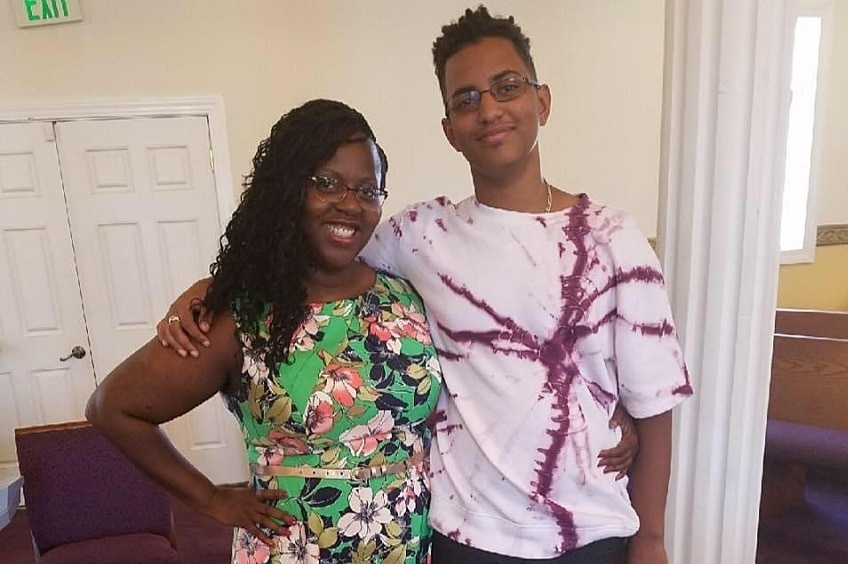Letitia Hanke is a one-of-a-kind business owner. In a male-dominated industry, she's run a successful roofing company for the last 17 years.
Hanke, named "2020 Residential Contractor of the Year" by Roofing Contractor magazine, is the CEO of ARS Roofing. Her unique professional journey has been filled with lessons on how to transform adversity into opportunities to grow, learn, and build a bridge to success.
Getting Started in Roofing
Hanke never intended to become a roofing contractor.
A lifelong musician, Hanke began working as a receptionist at a roofing company during her junior year at Sonoma State University in Northern California. She worked there for several years, advancing to the positions of office manager and then manager. Then, the owner of the company told her he planned to retire—and asked if she would be open to taking over the company.
Hanke was hesitant at first, but the owner assured her he would teach her the business. Over four years, she learned about the industry and got her contractor's license. In 2004, she started ARS Roofing, which is located in Santa Rosa, California.
Overcoming Challenges and Building Connections
Hanke says being a woman and minority business owner in the roofing industry has come with a distinct set of challenges. She initially struggled to get a loan to start her business.
"When I first started my roofing company, I couldn't find banks that would give me a loan to start the company. And I felt lost. I was just hearing 'no' and people were laughing, 'Like what, you're starting a roofing company?' It was really discouraging," she says.
But Hanke was able to get a loan with the help of the North Bay Black Chamber of Commerce after the chamber's president connected her with a local bank. At 27 years old, Hanke received a $250,000 loan to start her business. She says connections like this have helped her company grow and given her the momentum she needed as a business owner when she felt discouraged.
When Hanke was starting out in the industry, she would sign her name L.R. Hanke to disguise her gender and try to blend in. However, she's found support from organizations such as a local women's networking group. "I was able to find other contractors in this world of the trades where I didn't know there were all these women," she says. "Joining that group was great, because I had this camaraderie and I knew they understood what I had to go through on a daily basis."
Hanke has also benefited from joining the BNI Networking Group, a leading business networking group and referral organization with chapters all over the world. Members have referred business to Hanke's company and even encouraged her to hire an executive assistant so she would have more time for some of her passions, including music and philanthropy.
Giving Back to the Community
Though Hanke has grown her company into a seven-figure business employing 24 full-time employees, she still finds time to give back.
She started the nonprofit LIME Foundation in honor of her son, who experienced bullying at school because of his race. Hanke says she experienced bullying and prejudice herself when her family moved from Berkeley, California, to a less diverse, more rural town in Northern California. It was actually during this time that Hanke discovered her love of music thanks to her music teacher.
"She put a trumpet in my hands, and every day she would teach me how to play the trumpet at lunch, so kids wouldn't bully me. That's when I fell in love with music. Music gave me a purpose," Hanke says. "I was able to channel all that negative energy into something positive."
Hanke has brought all of these experiences and passions together to create her foundation, which includes an arts program that provides an outlet for kids who deal with bullying, depression, and self-esteem issues. Her foundation also includes nutrition and exercise programs for seniors and runs the NextGen Trades Academy to introduce young people to the construction industry.
"It's kind of like my story. My boss gave me this opportunity—I had never even thought I could be a roofer. And now we're teaching young men and women, ages 16 to 24, that they, too, can be in this amazing industry of roofing and construction, have really great careers, be all the things they've always wanted to be, and do all the things they've always wanted to do in life."
Hanke says she feels honored to be a part of the industry and to use the resources she has to grow her business as well as create opportunities for others.
"I truly feel I'm blessed," she says. "I just make sure that I give back and bless others at the same time."
If you or someone you know is looking for virtual or hands on training opportunities to further their roofing knowledge, check out training offered by CARE (GAF's Center for the Advancement of Roofing Excellence). For information and resources to help grow your business, visit gaf.com/getthere.

